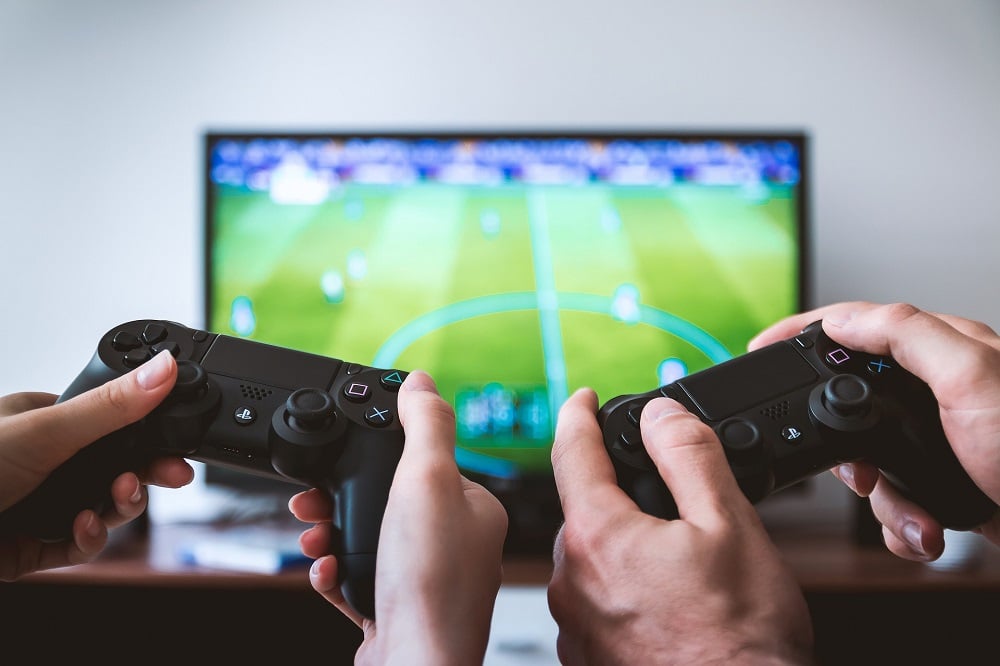
Gaming chairs Vs office chairs - what is better for you?
What are the key benefits of a gaming chair, and how do they stand up to your more traditional office chairs? we investigate.
- Wellbeing
- RH
- Home & Lifestyle
- Advice & Guidance
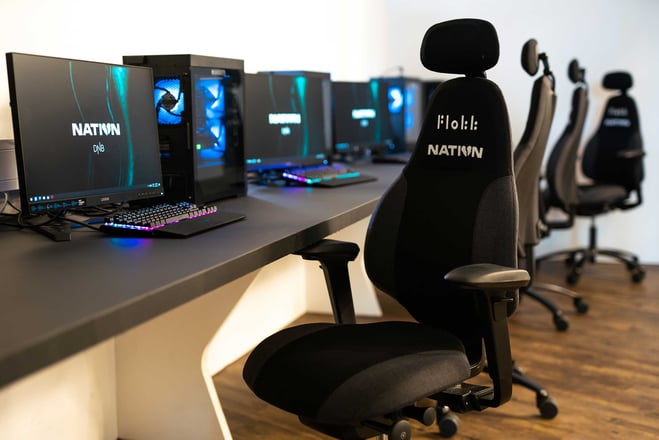
Since the mid-Noughties, gaming chairs have become an increasingly popular choice for avid computer users, whether you are a heavy gamer or someone who spends long hours working at your desk. Hyper-stylised, they are designed for emersion, making you feel part of the universe the games transport you to, but too often they fall short when it comes to providing for your comfort and your health.
Flokk Senior Ergonomist Sukhi Assee has undertaken an array of ergonomic assessments within the home and office space of users in the sector of gaming. In her experience, she shares details of the factors that stand out when assessing and evaluating gaming style chairs.
Sukhi: "When looking into the detail of the design and categorisations that distinguish a gaming chair, there are a few main factors that come to light. There are limitations with features such as lack of full adjustability. Taking into consideration the time gamers both pro and casual spend on these types of chairs, it's essential that they are informed about what makes for a good quality and ergonomic chair. I think a lot of the time the user will have a certain expectation regarding the aesthetics of how a gaming chair should look like and these outways the actual support."
So before you checkout that gaming chair in your shopping basket, have a quick look through our feature comparisons for gaming chairs versus traditional office seating options, and how these particular attributes weigh up in regards to your health and comfort
Read - esports team 00Nation team up with Flokk for their gaming chair needs
So, what is a gaming chair?
There are no set-in-stone rules for what a gaming chair is, and like the games, consumer needs and tastes develop, so too does the requirement of a gaming chair. However, there are some general traits exhibited in a gaming chair, and we shall look into these now, and see how they compare to traditional office chairs.
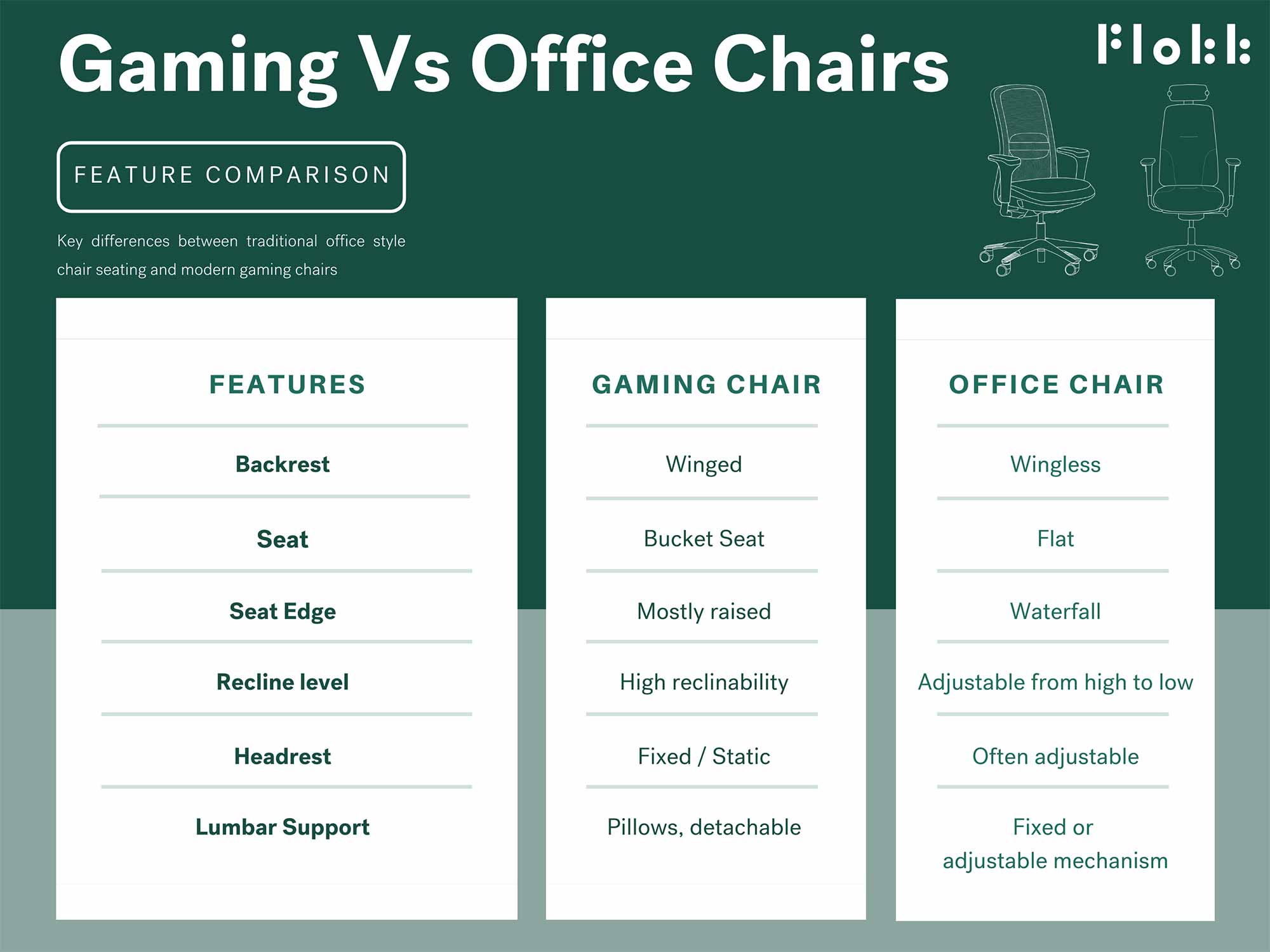
Backrest
The backrest of a gaming chair is usually the most defining feature, winged to create a cradling feel, which can add to emersion and the overall experience. However, from a human factors perspective, this restrictiveness can force you to adopt a single posture, which over long hours can be potentially damaging to your health. Office chairs allow much greater movement, especially your upper body, and for larger people, a gaming chair can be uncomfortably restrictive.
Seat & Seat Edge
Like the backrest, a gaming seat is bucket-shaped with raised edges, pulling the user into the chair, much like in a racing car. Again, this adds to the experience factor but is counterproductive ergonomically. Whilst it may not be much worse than a low budget office chair, mid to high-quality office chairs most commonly feature a flat seat with a waterfall edge. This is where the front edges of a chair are curved slightly downward, a design which relieves pressure on the backs of your thighs and behind your knees, increasing comfort and support and allowing greater blood circulation to the lower limbs.
This design feature is important when it comes to extended seating hours, and a good office chair beats most gaming chairs hands down.
Headrest
A lot of gaming chairs are equipped with a fixed headrest, an extension of the chair back itself to hold your head, with a removable pillow to cradle your next in some instances. This is actually better than a lot of mid to low range office chairs, which do not come equipped with any headrest at all. Once you start looking at quality office chair designs however, an adjustable headrest is generally common and far superior to a fixed one, allowing you to adapt the position perfectly to your needs.
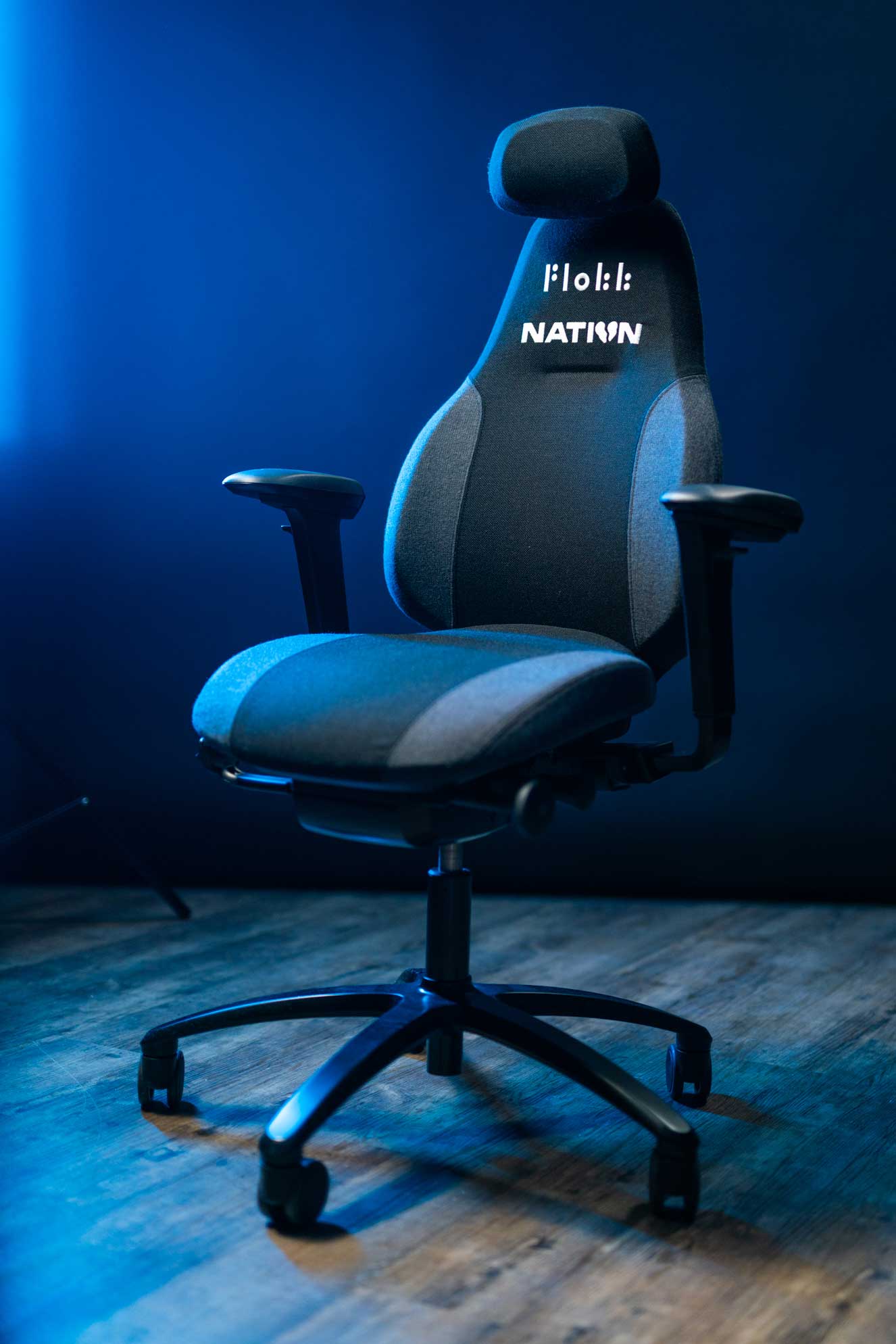
The RH Mereo is all about maximum performance combined with easy-to-use controls, making it the perfect gaming chair for shared gaming environments.
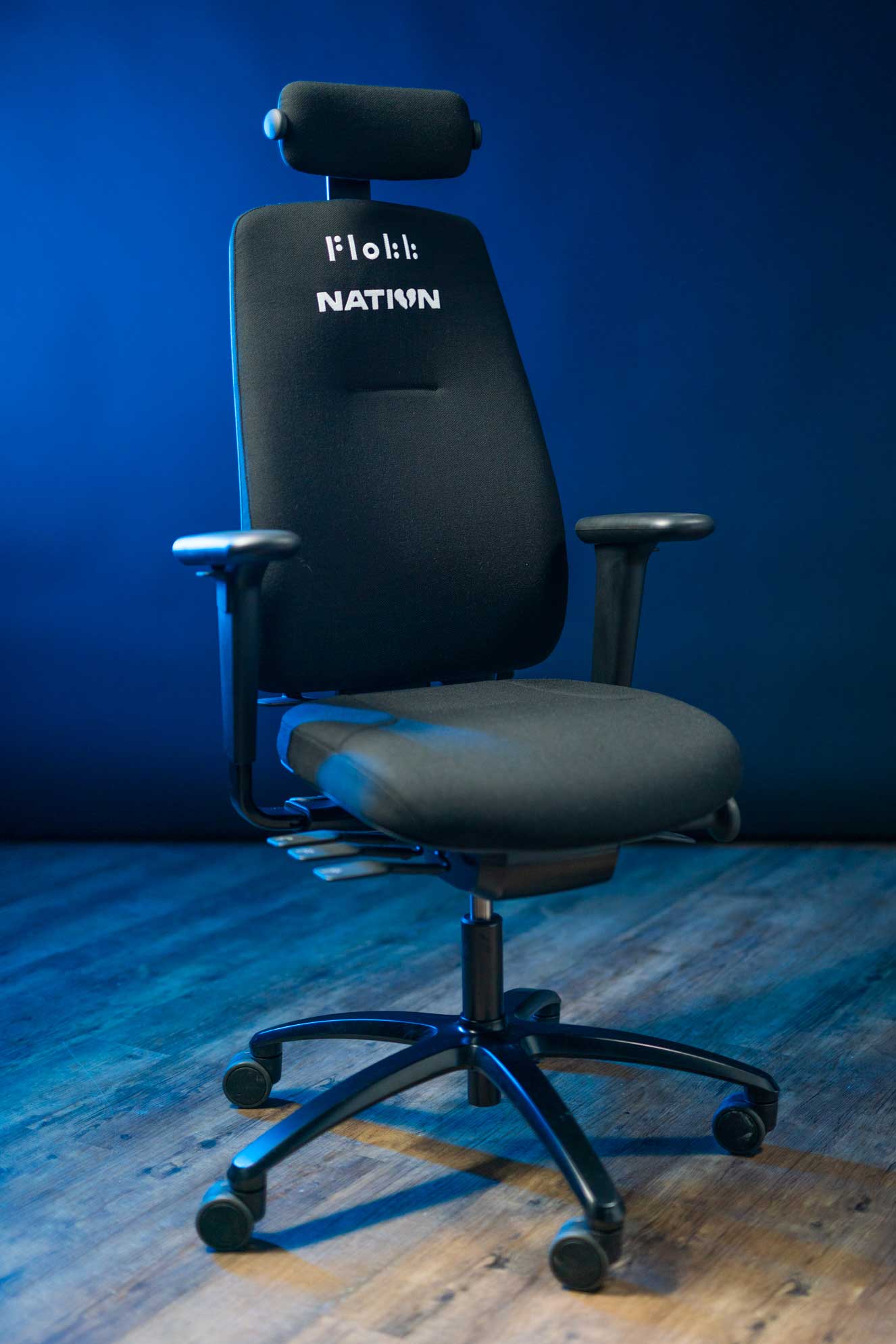
Adjustable headrest, armrests and lumbar support, with a waterfall seat edge and flat seat - the RH New Logic
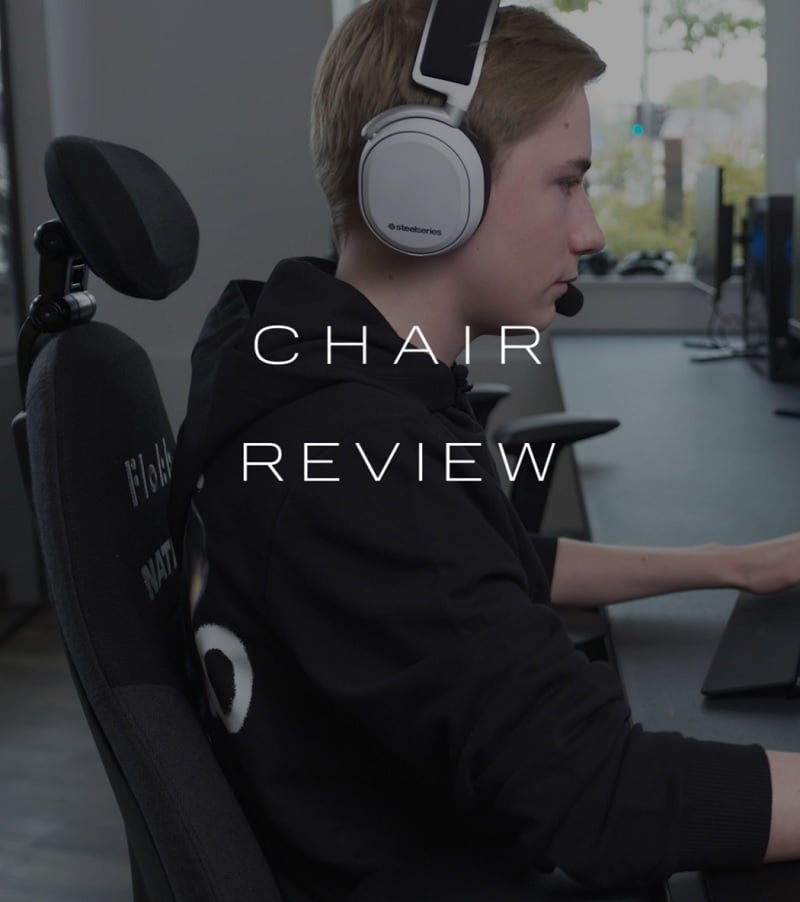
Lumbar Support
Lumbar pillows are common with many gaming chairs, offering height-adjustable lumbar support making them slightly better in this department to lower budget office chairs. However, higher-end office chairs with built-in adjustable lumbar supports are far superior, moulded to the exact contours required for a healthy posture.
Recline level
We’ve all been told to sit up straight at school, but research shows that a certain level of reclining whilst sitting puts less pressure on your discs, important information if you are prone to back pains. Most gaming chairs have a high level of recline, some as far as a full 180 degrees, turning it a bed of sorts.
Many standard office chairs do not offer this same level of tilt, making gaming chairs much more versatile in this respect. However, the more premium seating options do allow for a more acceptable recline angle, and whilst they may not allow for a full 180 degrees, they certainly allow the level necessary to reduce the strain on your back whilst without optimising performance or productivity.
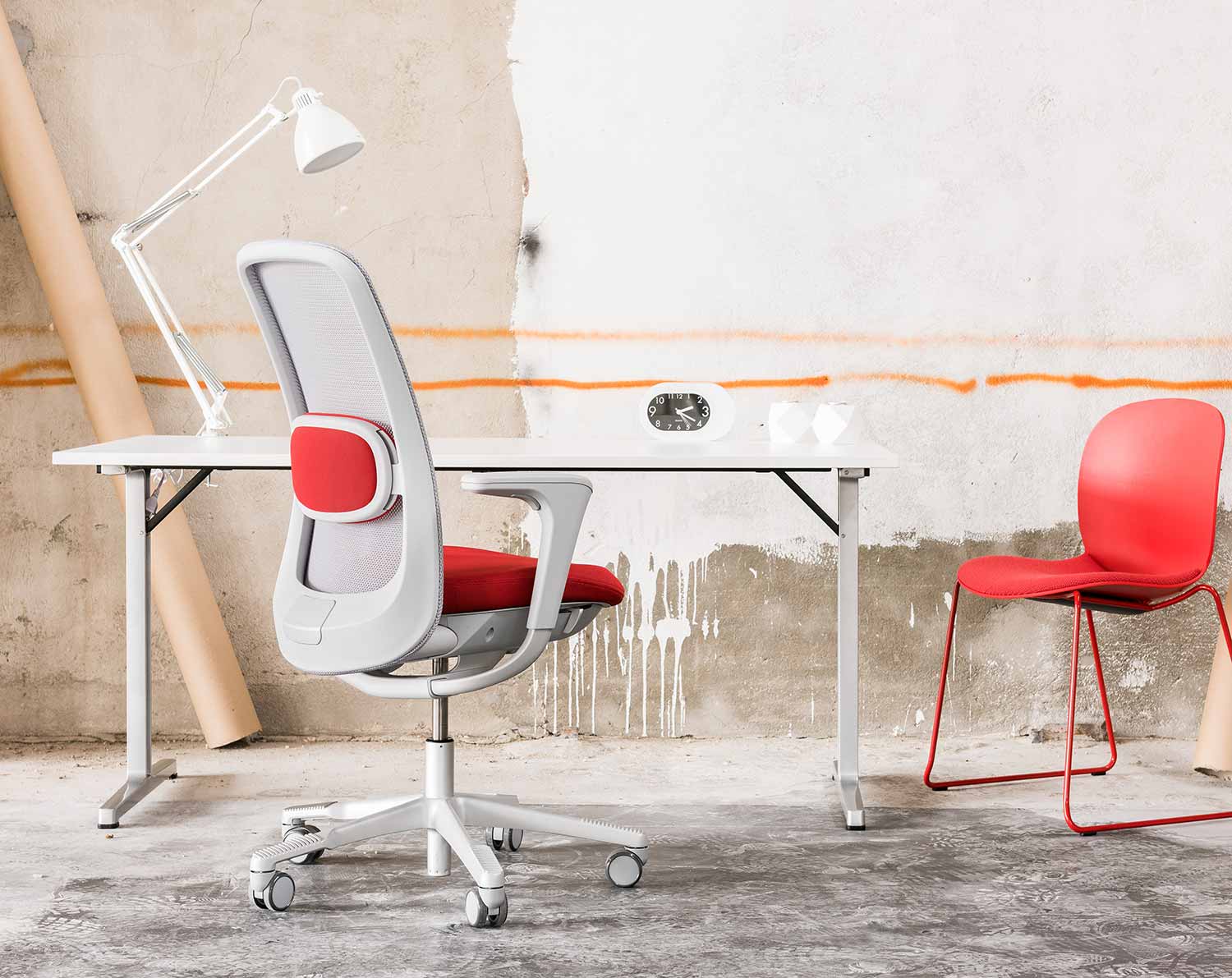
The HÅG SoFi mesh version comes with adjustable lumbar support, available with a matching or different fabric covering.
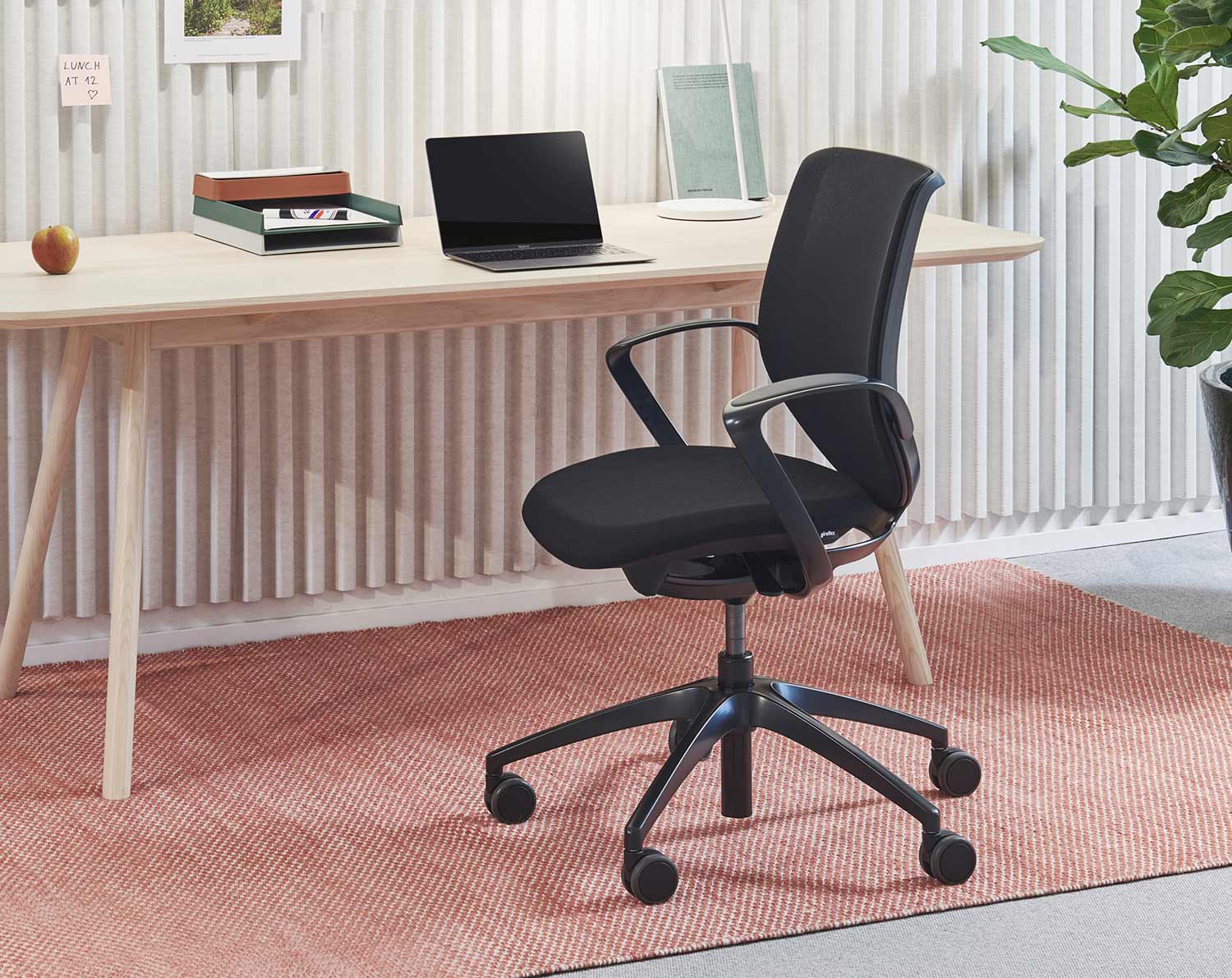
The Giroflex 313 has equally adjustable elements, with a synchronised seat mechanism
The Verdict
Gaming chairs biggest selling points are their heavily stylised looks and promise of a more immersive experience, but they fall far behind good quality office chairs when it comes to offering a healthy and ergonomic seating experience. Whilst they may be slightly better than low budget office chairs, the more premium quality office chairs far outperform gaming chairs in almost every health and wellbeing category.
Gaming chairs heavy reliance on style means that they are often restricted to particular shapes and designs, meaning they cannot be as innovative in regards to new materials, dynamic components such as lumbar supports and much more.
Sukhi Assee, Flokk Senior Ergonomist; "The real issue like mentioned is the bucket seat, because this scoops the spine into a C shape posture, adding strain on the lumber and coccyx region of the spine. Those traditional gaming chairs that have side bolsters can become uncomfortable over a period of time, which overall can exacerbate pain to the shoulders. The lumbar support is typically minimal; if we go by the chances that pro-gamers and regular gamers can spend over several hours on a chair without movement is a huge issue."
Read more - what makes the perfect gaming chair?
Finding your new gaming chair
If you are looking for a high-quality chair perfect for gaming, we have a range of designs for every taste, available in a wide selection of fabrics, colours and customisations options, including flexible lumbar supports, adjustable headrests and more.
Available in a range of price points suitable for every budget, explore our collection today and design your own.
This might also interest you
Improving ergonomics at work: practical guidance for companies
Ergonomist Rebecka Ullholm shares what most companies get wrong about...
How the Axia chair was designed: The science and Dutch innovation behind an ergonomic classic
Discover the origins of the Axia chair, developed by BMA Ergonomics in the...
What are biomechanics and why do they matter in office seating?
The term biomechanics often gets thrown around in workplace design, but...